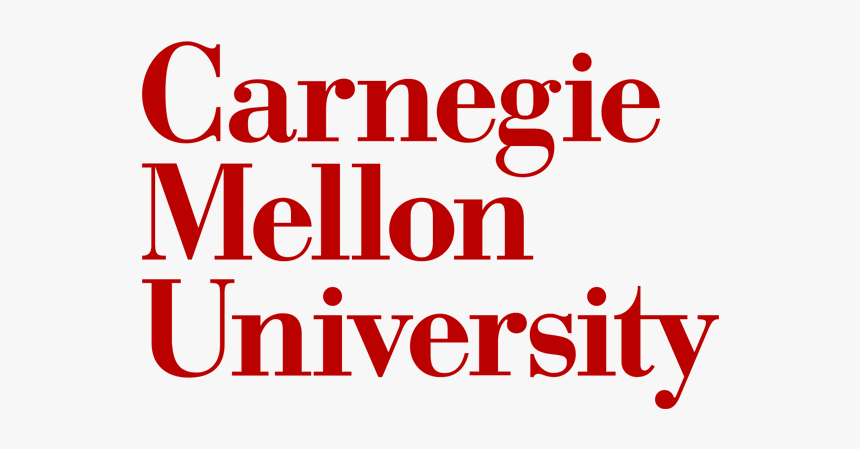Carnegie Mellon University: Study Finds Support for India During COVID-19 Surge
India and Pakistan have fought four wars in the past few decades, but when India faced an oxygen shortage in its hospitals during its recent COVID-19 surge, Pakistan offered to help.
On Twitter, hashtags like #IndiaNeedsOxygen and #PakistanStandsWithIndia trended. Finding these positive tweets, however, was not as easy as simply browsing the supportive hashtags or looking at the most popular posts. Negative tweets often hijack the supportive hashtags for trolling or fighting with other users. And Twitter’s algorithm isn’t tuned to surface the most positive tweets during a crisis.
Ashique KhudaBukhsh of Carnegie Mellon University’s Language Technologies Institute (LTI) led a team of researchers who used machine learning to identify supportive tweets from Pakistan during India’s COVID-19 crisis. In the throes of a public health crisis, words of hope can be welcome medicine.
“When a country is experiencing a national health crisis, the more supportive messages you see, the better,” KhudaBukhsh said. “If you’re just randomly searching, you’ll find positive tweets about 44% of the time. Our method gives a person positive tweets 83% of the time. That person will have to do a lot less work to find the supportive tweets.”
Screenshot of tweet that reads We have boundries but not in our hearts. We are humans, we have pain. We are neighbors not enemies. Humanities first. Prayers for India
The researchers used language classifiers to identify supportive or positive Pakistani tweets about India during the recent COVID-19 surge.
“These two countries have such an acrimonious past. Any positive behavior from either side can help promote world peace.” — Ashique KhudaBukhsh
By combining existing language classifiers — algorithms trained by machine learning that determine, for example, whether speech is positive or negative, hopeful or distressing — the team developed a system that identified supportive or positive Pakistani tweets about India 83% of the time, far better than existing methods. The team used their method to conclude that more than 85% of the tweets posted about the COVID-19 crisis in India from Pakistan were supportive.
“We have boundaries but not in our hearts,” one tweet detected by the team began.
The team included KhudaBukhsh, Clay H. Yoo and Rupak Sarkar from the LTI and Shriphani Palakodety, an engineer with the blockchain and AI company Onai who earned his master’s degree from the LTI. They published their results in a paper titled, “Empathy and Hope: Resource Transfer To Model Inter-country Social Media Dynamics,” which was accepted into the ACL Association for Computational Linguists Workshop on Natural Language Processing for Positive Impact. The work was performed in real-time with the crisis and as members of the team worried about the health of loved ones in India.
The research is significant on several fronts. First, the team showed that existing language classifiers could be useful in broad contexts. This is important because to deploy a classifier that will be useful in the middle of the crisis, it must be built quickly. It cannot be built from scratch, and the team wanted to see if existing research into language classifiers could help.
To detect supportive tweets during India’s COVID-19 crisis, the team used a hope-speech classifier that KhudaBukhsh and Palakodety built with the late Jaime Carbonell, a distinguished professor in the School of Computer Science who founded the LTI, to identify positive YouTube comments on videos posted about the 2019 escalation of conflict between India and Pakistan over Kashmir. The team then combined the hope-speech classifier with a known empathy-distress classifier.
Despite these two language classifiers being built for different reasons and trained on different data, they effectively detected positive tweets during India’s COVID surge.
“We showed that there is some sort of universality in how we express emotions,” KhudaBukhsh said. “And we showed that we can use existing solutions, combine them and attack future crises quickly.
The research also was potentially significant to the crisis in India. KhudaBukhsh and Carbonell envisioned the hope-speech classifier as an alternative way to combat hate speech. Instead of detecting and deleting, downplaying or blocking hate speech — which exists in droves on the internet — the pair sought to use their hope-speech classifier to identify and amplify supportive messages. People are influenced by what they see and read, and if hopeful messages are put in front of them rather than hateful ones, it could affect how they think and act.
The team identified tweets that offered prayers to India, spoke to the common humanity of two countries and sent love.
“Heartbreaking to see this situation in our neighbourhood. Send love and prayers from Pakistan. May Almighty Allah help humanity through this pandemic. Stay strong. Stay safe,” a tweet found by the team read.
Emphasizing the support between India and Pakistan could make a difference, KhudaBukhsh said. And since so many fights now happen over the internet, maybe that’s the place to start.
“These two countries have such an acrimonious past,” KhudaBukhsh said. “Any positive behavior from either side can help promote world peace.”

